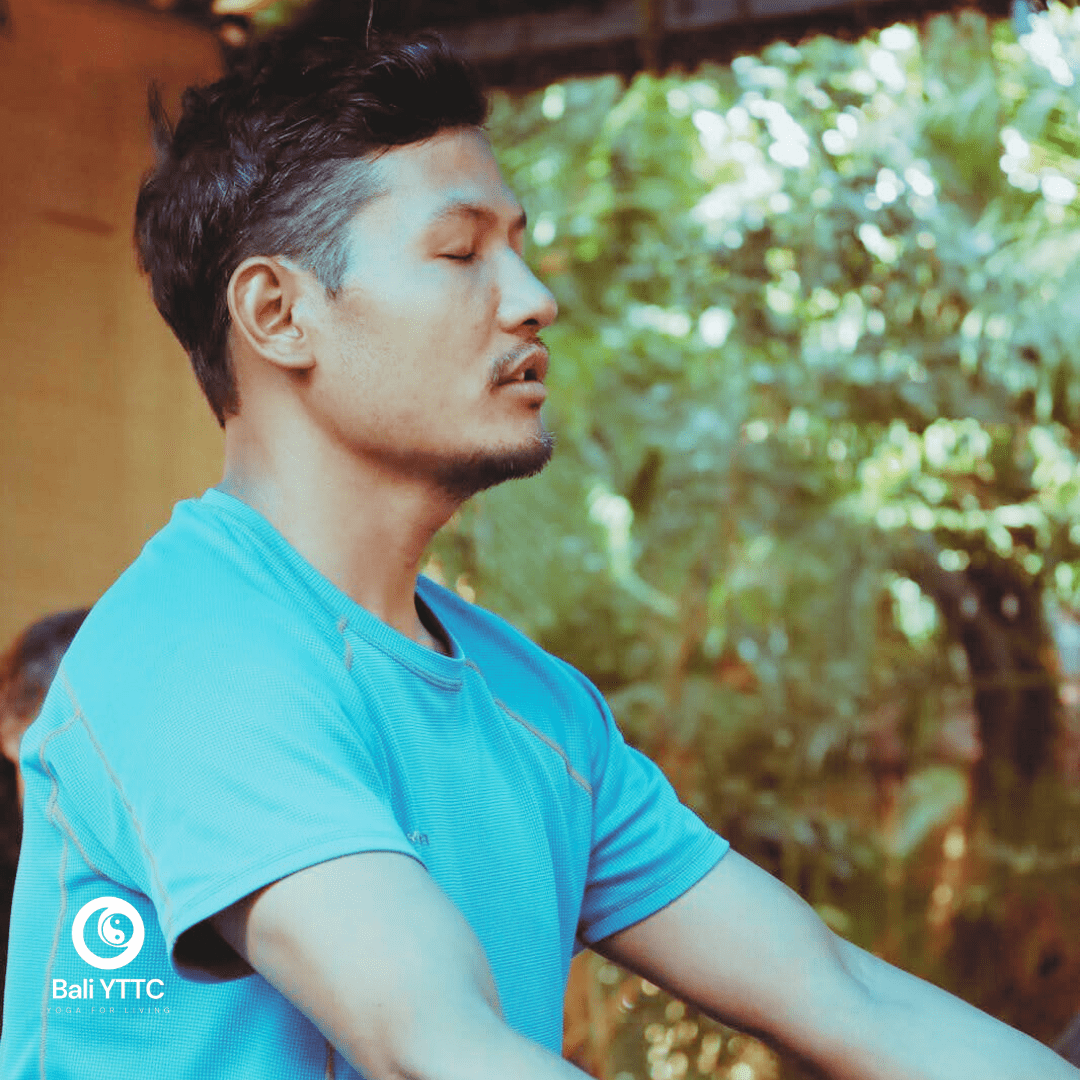Ashtanga Yoga, History & It’s limbs
Ashtanga Yoga is popularly known as “Eight-Limbed Yoga” as it integrates the eight principles described in the “Yoga Sutras of Patanjali,” which is a yoga philosophy authorship. These eight limbs are a framework that teaches us the art of living in a well-rounded manner, both in yoga practice and on a daily basis. To learn more about this, you can join a philosophy lecture at the Yoga Teacher Training in Bali.
Here are the eight limbs of Ashtanga yoga:
- Yama (Ethical Restraints): ‘Yama’ represents an ethical code that we use to judge people that we interact with, including the outer world. This value system includes concepts like ahimsa (non-violence), satya (truthfulness), asteya (non-stealing), brahmacharya (moderation), and aprigraha (non-possessiveness).
- Niyama (observances): Niyama, as one of the eightfold paths to spiritual development, is individual commitment and discipline. This limb is composed of requirements, namely shining (saucha), contentment (santosha), discipline (tapas), self-study (svadhyaya), and total devotion (ishvara pranidhana).
- Asana (Physical Postures): The asana is the class of yoga poses that develop stand, flexibility, and balance in the body while practicing the poses. In Ashtanga Vinyasa, the asana practice involves a predetermined sequence of asanas that cleanses the body and prepares the body for the meditational practice.
- Pranayama (Breath Control): Pranayama means the regulation of breath to coordinate and thereby allow prana, or life force, to flow through the body. Through the employment of the various breathing methods, trainees are trained to develop awareness, increase vitality, and slow down the mind.
- Pratyahara (Withdrawal of the Senses): Pratyahara is the action of turning one’s senses inward and turning away from external influences. With the removal of the sensory stimuli, concentration and inner awareness are much easier.
- Dharana (Concentration): The concentration point is one of the Dharana means. This means to concentrate the mind on an object, mantra, or visualization. Through prolonged concentration, the practitioners are able to gain more clarity and improve their minds.
- Dhyana (Meditation): Dhyana is the practice of meditation that focuses on having a single-pointed attention towards an object without any distractions. A practitioner can go into a state of no fluctuations of consciousness that brings inner stillness and peace. Through meditation, one could go beyond the ever-changing mind and come back to who they are indeed supposed to be.
- Samadhi (Union with the Divine): Samadhhi (dissolution) is the culmination of yogis, and it is interpreted as a state where yogis experiences a union with the divine consciousness or a higher consciousness. This condition brings about an awareness of all being connected together and a mind absorbing itself in peace beyond the limitations of the individual ego.
Jointly, these eight limbs make up the basis of Ashtanga Yoga and lead practitioners on a journey of discovering themselves, giving space for spiritual growth, and demonstrating inner harmony.




Post Comment